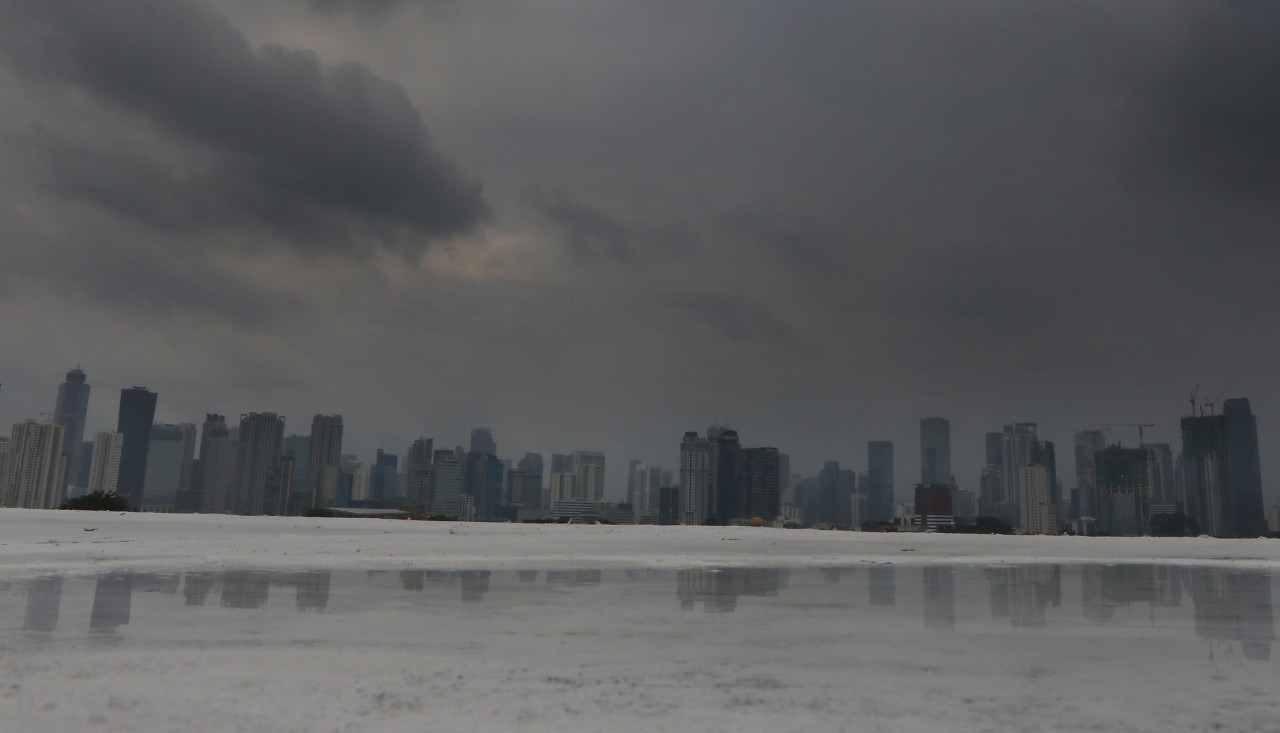Popular Reads
Top Results
Can't find what you're looking for?
View all search resultsPopular Reads
Top Results
Can't find what you're looking for?
View all search resultsBMKG warns of severe weather as Typhoon Goni inches toward South China Sea
Change text size
Gift Premium Articles
to Anyone
T
he Indonesian Meteorology and Geophysics Agency (BMKG) has warned residents to brace for severe weather as Typhoon Goni, which recently lashed neighboring Philippines, moves toward the South China Sea.
BMKG deputy for climatology, Herizal, said Indonesia could be impacted by strong winds and thunderstorms in the coming days given that the typhoon had developed into a Category 5 tropical cyclone.
“Typhoon Goni, which has developed into a Category 5 tropical cyclone, is a call for caution because it may trigger high waves, thunderstorms and strong winds in several regions in Indonesia,” Herizal said on Monday as quoted by tribunnews.com.
The typhoon, which originated on the western side of the Pacific Ocean, was predicted to pass through the Philippines and move toward the South China Sea over the next several days, he said.
Herizal further said that at least seven tropical cyclones and other similar phenomena have been recorded in the Pacific Ocean and the South China Sea as of last month: Typhoon Chan-hom recorded on Oct. 2, Typhoon Linfa (Oct. 9), Typhoon Storm Nangka (Oct. 11), Typhoon Ofel (Oct. 13), Typhoon Saudel (Oct. 16), Tropical Depression 20W (Oct. 19), Typhoon Molave (Oct. 23), Typhoon Goni (Oct. 27), and Typhoon Atsani (Oct. 28).
“Tropical cyclones have much higher wind velocity than tropical storms,” he added.
The agency previously called on the public to prepare for extreme weather and possible natural disasters as many parts of the country shift to the rainy season with higher precipitation due to the La Niña weather phenomenon. (rfa)










